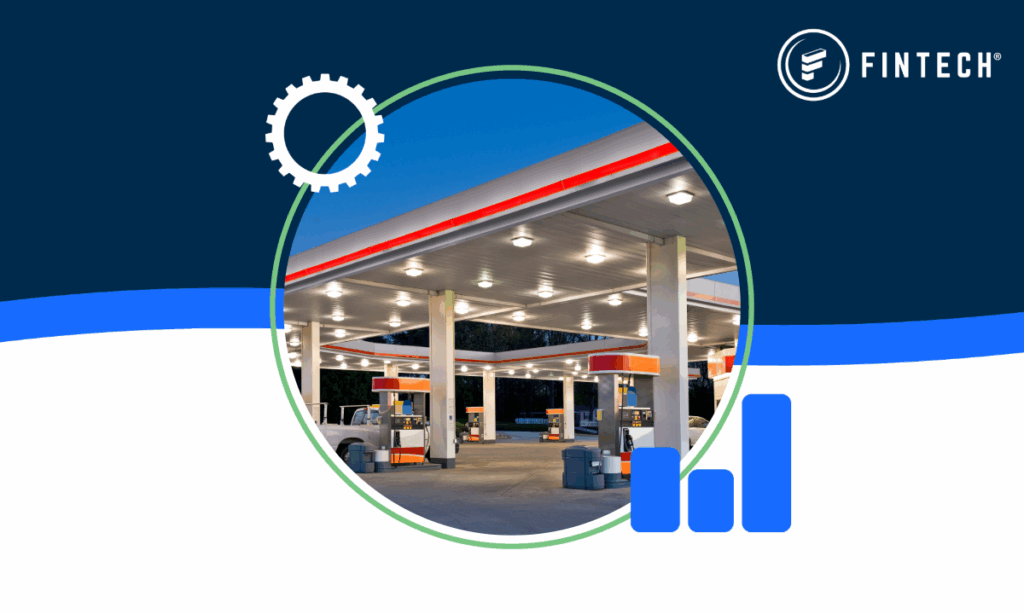Data is a fantastic resource for businesses throughout each tier of the alcohol industry. Each alcohol invoice transaction yields new rich data sets, but making sense of those sets is where the real work lies. This is where data aggregation can help.
Aggregating your alcohol purchase data can help you make informed decisions, bring more organization to your business, and give you the insights needed to maximize your margins.
What is Data Aggregation?
IBM defines data aggregation as the “process where raw data is gathered and expressed in a summary form for statistical analysis.” In other words, it involves making sense of all the purchase data points to gain insight into consumer behaviors, pricing changes, sales trends, buyer journeys, and more.
Alcohol data aggregation can be performed manually (if you like wasting hours sifting through endless alcohol invoices) or through an automated integration like Fintech’s PaymentSource®. Whichever route you choose, data aggregation is a must for any business in the alcohol industry trying to maximize success.
Let’s explore five ways that data aggregation can impact your business.
1) Eliminates Data Silos
A “data silo” is a set of data held by one group or entity that is not fully accessible by other groups within the same organization. Through the lens of the alcohol industry, data silos can exist with improperly tracked data across different retailers. For example, you may be a manager with multiple on-prem locations selling beer, wine, and spirits. Each location receives shipments from different distributors, but some locations are better at tracking and confirming invoice data. Any lapses in data management can cause problems for your business. There could be duplicate data, missing data, or some other issue that leads to time-wasting and decreased operational efficiency.
Data aggregation centralizes all invoice data across all locations. Through seamless automated integration, all alcohol invoice line-item data is uploaded to your back-office system. From there, managers can gain full visibility into each of their locations. This makes flagging any discrepancies, identifying trends, and overall data management simple.
2) Faster Access to Actionable Insights
With spreadsheet after spreadsheet after spreadsheet, the data can seem endless. Not to mention the process of manually uploading each invoice data field into your back-office system. These manual processes cause information gaps that could spell trouble for some businesses. A business could be dealing with profit margin erosion without their knowledge because the data hasn’t been uploaded and analyzed yet.
With alcohol data aggregation through PaymentSource, you have all the information you need much faster. This includes:
- Price point information across all distributors
- Price discrepancies
- Split case reports
- Top products
- And more
Centralized alcohol purchase data aggregation grants a 360-degree view of your purchasing at a faster rate. In some instances, it truly is a matter of when a decision is made that makes the difference. Data aggregation speeds up the process of getting to that point.
3) Make Data-Driven Decisions
Now that all your alcohol sales data has been organized in a timely manner, you can have the support you need to validate any changes or decisions. Let’s say you notice a price discrepancy with a particular spirit brand across locations. With organized data aggregation, you can start a conversation with your supplier or distributor backed by data proving your case.
With clean data aggregation, you can improve margin consistency, protect your bottom line, and stay competitive. Best of all, you can remove bias from your decision-making process. Every decision will be reinforced by data, thereby being undeniable.
4) Aligning With Your Customers
You may think you know your customers, but looking at data is the best way to analyze their purchasing behaviors. However, looking at the wrong data sets or analyzing data in isolation doesn’t tell the full story. Data aggregation allows you to drill down further into your customer insights so that you can better meet their demands.
For example, you may notice that there was a recent change at a particular location with customers purchasing a specific type of spirit. With the fast nature of data aggregation, you can then make a quicker decision to take advantage of quantity buys to stock more of that product to capitalize on the trend. This way, you get your customers the products they want and you can improve your margins in the process.
5) Identify Areas of Success
If you lack organization across your data streams, it may take a long time to dissect the data to find what is working and what isn’t. Data aggregation allows you to better examine your alcohol purchase data to find areas for improvement and areas in which you are most successful. Identifying your most successful areas helps you replicate that success in other locations.
Start Aggregating Your Alcohol Purchase Data With PaymentSource
Whether you have one location or 100, aggregating your alcohol purchase data is beneficial in multiple ways. Automating your data aggregation is an even better way to maximize your ROI and improve your buying strategy. You can do that – and more – with PaymentSource. Read more about PaymentSource and see how it can help your business here.






